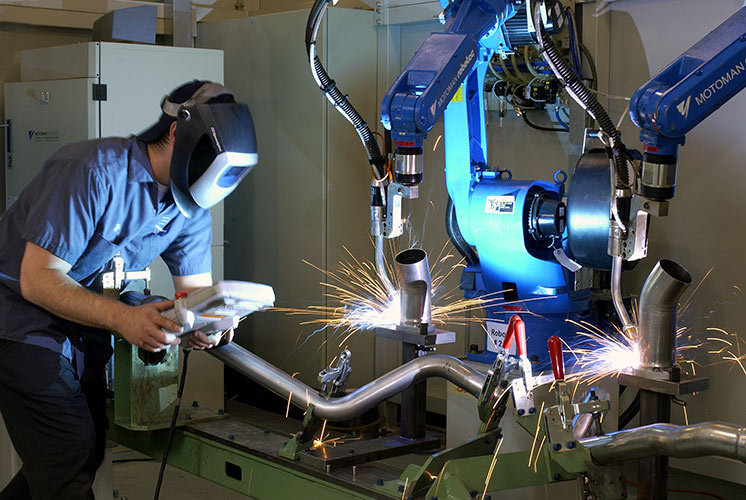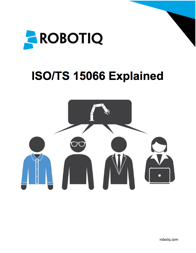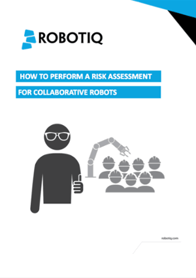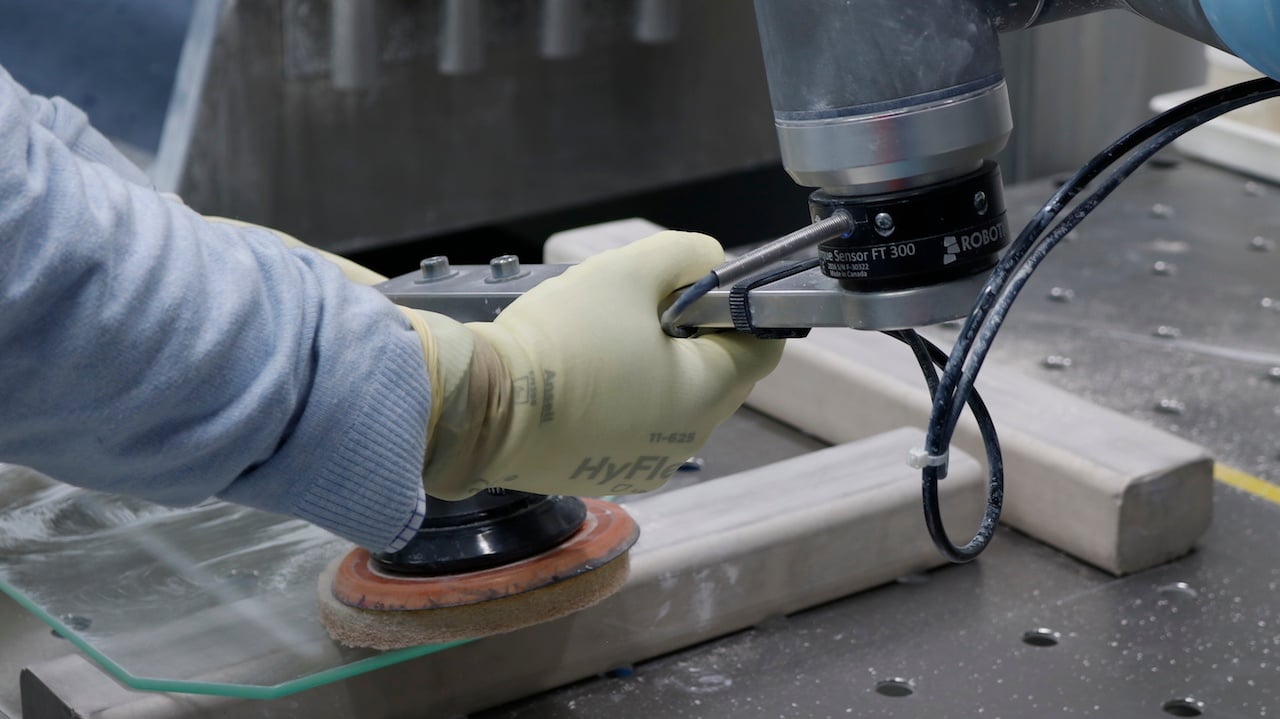ISO/TS 15066 Insights: Take an Application-Centered Approach

Posted on Jul 21, 2016 7:00 AM. 2 min read time
One of the most common misunderstandings around power and force limited collaborative robot systems is that some people assume that they can “tear down all the fences and everything is wonderful,” says Roberta Nelson Shea, Convenor of the ISO Industrial Robot Safety Working Group (ISO/TC 299/WG 3) and global marketing manager for Rockwell Automation.
This is a false assumption.

“The big thing that people have to be reminded of is that it's not about the robot, it's all about the application. I might have a power and force limited robot that can only exert x force and would not hurt a person, but if that robot system is packing knives, it's not a suitable candidate for a collaborative application.”
Honda's Smith agrees about the importance of taking an application-centered approach when performing a risk assessment.
“It's about first understanding what your application is going to be and whether it is suitable before you even buy the robot. It's all going to come down to the application. You're going to need an experienced integrator or somebody who understands what you're trying to do and all the hazards associated with the application,” says Dave Smith, a robotics safety expert at Honda Canada Manufacturing.
“You have to realize that even if it's a small, power and force limited robot with a low payload, that doesn't mean that it's risk-free. You have to understand what the applications risks are going to be.”
“Don't be afraid, but also be careful. And understand that there are going to be more and more of these robot systems around. Make sure that your people understand what they are through ISO/TS 15066.”
ISO/TS 15066 Explained
 We interviewed members of the ISO Committee that wrote ISO/TS 15066 to get their input and provide more context to the document. This eBook will make new technical specifications easy to understand. It covers the reason why it was written, how it affects the factories today, and why it's important. Even better, it explains the content of the technical specifications in the context of real-world scenarios you can relate to.
We interviewed members of the ISO Committee that wrote ISO/TS 15066 to get their input and provide more context to the document. This eBook will make new technical specifications easy to understand. It covers the reason why it was written, how it affects the factories today, and why it's important. Even better, it explains the content of the technical specifications in the context of real-world scenarios you can relate to.
How to Perform an ISO/TS 15066-Compliant Risk Assessment
 Ready to get started with improved safety with collaborative robots? This is your guide. This eBook explains each part of the document, how to fill it up, and why it's there. Follow the guide to perform those risk assessments and comply with ISO/TS 15066. This eBook also comes with an Excel template for you to use.
Ready to get started with improved safety with collaborative robots? This is your guide. This eBook explains each part of the document, how to fill it up, and why it's there. Follow the guide to perform those risk assessments and comply with ISO/TS 15066. This eBook also comes with an Excel template for you to use.







Leave a comment